Indiana University Libraries Book Repair Manual
Caution Tape
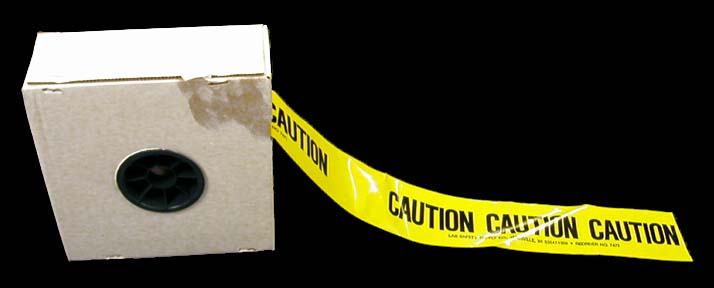
In some cases it may be necessary to string caution tape at the site of a disaster to minimize the number of people in the work area due to space restrictions.
Flashlight

It may happen that the disaster site is without electricity and that flashlights are the only source of light by which to see. An occasional battery check is wise.
Freezer Paper
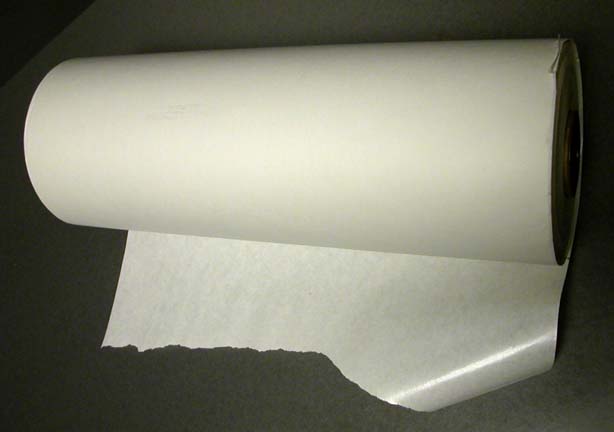
Freezer paper can be used to wrap wet books as they are packed into boxes. One surface of the paper is stick-resistant due to a polyurethane coating, and wrapping should be done in such a manner that this glossy surface is the one that is in contact with the books. Freezer paper is also an excellent adhesive mask for use with PVA/mixture, however only the treated side is resistant to adhesion.
HEPA Vacuum
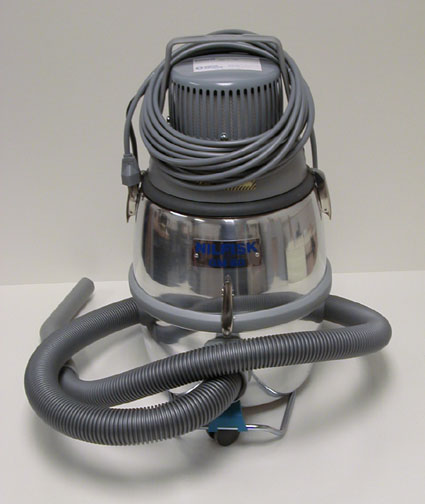
A vacuum cleaner equipped with a HEPA (High Efficiency Particle Arrestor) filter is necessary for vacuum cleaning materials that have suffered from mold infestation. When used on mold, the average conventional vacuum cleaner works like a grass seeder, spewing the conidia and ascospores of the mold out its exhaust side, potentially creating an infestation or worsening an existing one in those cases involving in situ cleaning of materials. Toxin- and/or allergen-bearing hyphal fragments are broadcast as well. But because the HEPA filter stops particles of infinitesimal size, these threats are greatly diminished. (Note: All appropriate precautions are to be taken at any disaster site suffering any degree of mold infestation.)
The model shown is equipped with an adjustable motor speed control. This can prove very handy when vacuum cleaning single-sheet paper materials.
Notebook/pen/pencil

When responding to a disaster, it is always a good idea to have something to write with and something to write on. Information recorded at the disaster site may include anything from telephone numbers to call number ranges of the books removed from the site.
Plastic Sheeting
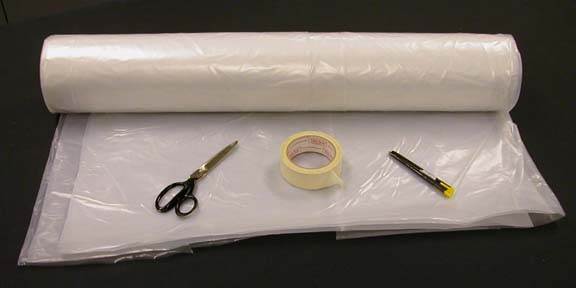
This is an essential of water damage response; its use is primarily preventive. Often damage can be contained by draping plastic sheeting over materials, particularly those shelved in library stacks. This can be a quicker, simpler, and equally effective alternative to relocating or packing out materials. It's a good idea to keep a roll of tape and a knife or scissors with the plastic.
Protective Clothing/Gear
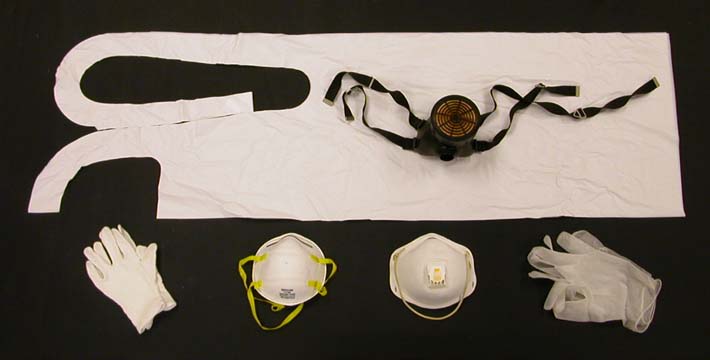
The disaster site may be a source of staining. For example, the covers of wet books may shed substantial amounts of color. Latex gloves and plastic aprons may be worn to keep clothes and hands dry and to avoid staining. Latex gloves may also be worn to shield against contaminants such as mold.
In the case of fire damage, cotton gloves may be necessary to protect both the hands and materials from the smearing of soot, the staining capacity of which is usually highly concentrated. Those of the type shown are more supple than standard work gloves and allow the agile handling of fragile materials.
Masks and eye protection (not shown) may be necessary if the disaster site is the source of dust or soot. A simple fibrous/paper type mask (two varieties shown) is often effective. In more extreme cases a cartridge-type respirator may be needed. Cartridges for these are made for several different contaminants, so full attention must be given to the matter of ascertaining that the cartridge is of the correct type for the problem at hand. Cartridges are not permanent; their effective functionality diminishes with use, and they must be replaced before the end of their service life.
If the airborne contaminant involved is other than dust or soot, it is approached with the utmost of caution. Heavy mold infestation can be a severe health hazard, and in extreme cases, removal of materials from the disaster site may be the work of an abatement team equipped with total-body protection and self-contained breathing apparatus such as those of the PAPR (Powered Air Purifying Respirator) type. If the disaster is a fire, it may be necessary to wait until the site has been exhausted of toxic fumes and ventilated with fresh air, depending on what has burned. In any case, the safety of humans is always the first consideration; no risks are ever to be taken.
Rescubes
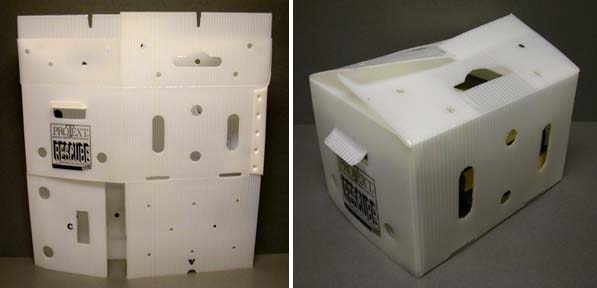
These containers are ideal for the evacuation of wet books. They are collapsible and store flat, and they are made of corrugated plastic, so they lose no strength when wet.
Wet/Dry Vac
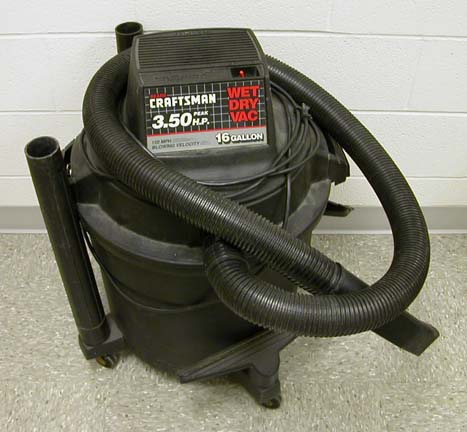
A high-capacity canister vacuum can be useful for jobs such as getting either wet or dry loose debris out of the way at a disaster site, extracting water from hard floors, and doing a rough preliminary cleaning of shelved books if no mold growth is evident. (If mold growth is evident, see HEPA vacuum.)
Though this is of course a tool, it is included here because a comprehensive list of disaster supplies should include one and because other than general housekeeping, disaster response is our only use for this tool.